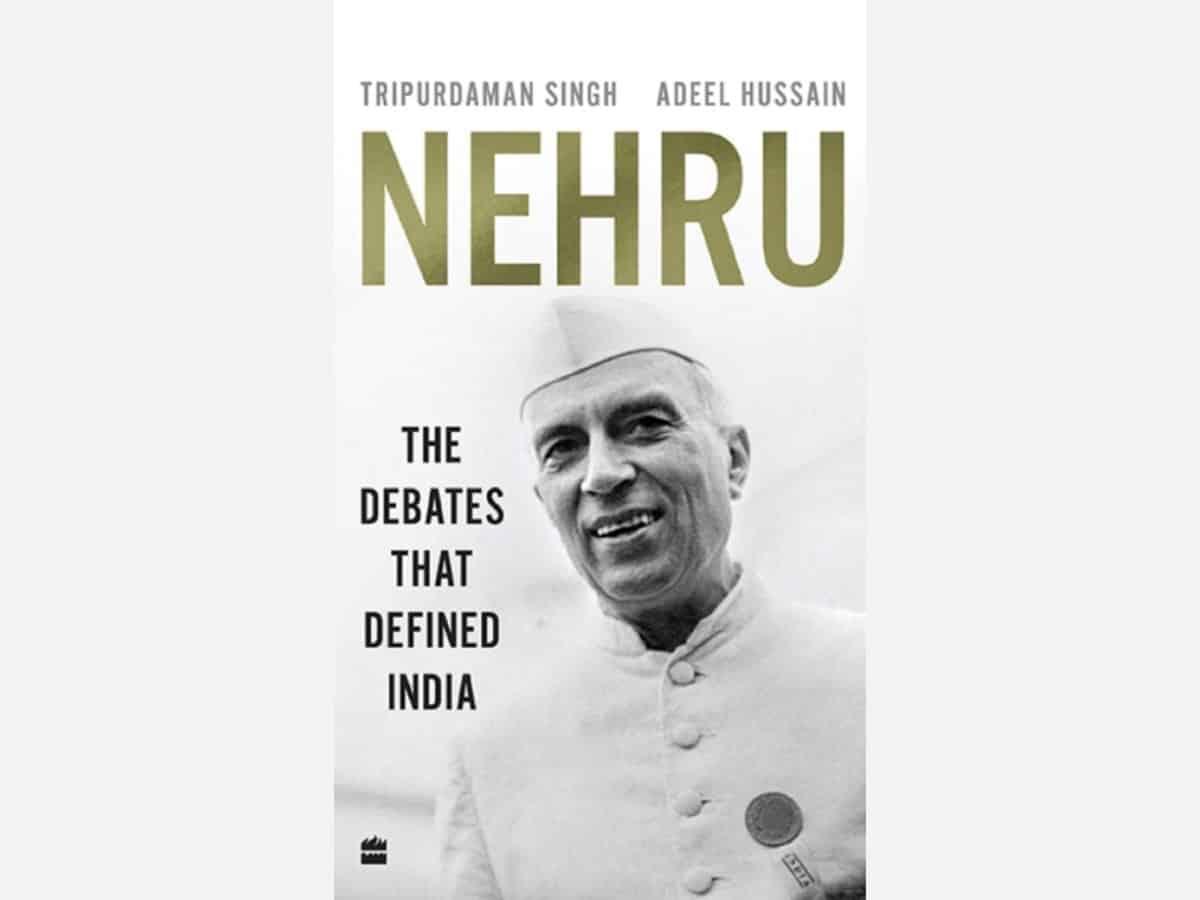
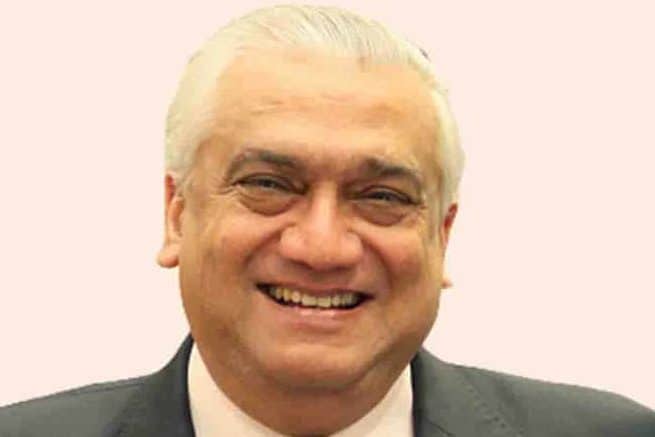
In these highly polarised times in India, when the ruling dispensation is questioning and reordering almost every idea and institution that has defined the country since Independence, it is not surprising that Jawaharlal Nehru should be at the centre of ongoing debates – he was the colossus who shaped, with his personal vision, commitment and drive, India’s domestic values and its economic and foreign policies. Hence, as the tapestry of the old order is being carefully undone, Nehru must necessarily be the object of calumny and ridicule, as those with alternative visions and passions – and with the unblurred benefit of hindsight – tear into his persona and policy.
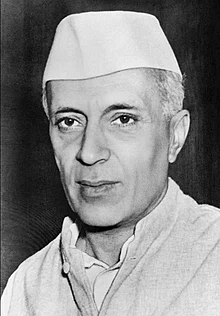
Two scholars – one born in India and the other in Pakistan – both nurtured in the narratives of their divided heritage in the cloisters of Cambridge University, have collaborated in producing this work that places Nehru in debate with four significant contemporaries – Mohammed Iqbal, Mohammed Ali Jinnah, Sardar Vallabhbhai Patel and Syama Prasad Mookerjee. With all of them he had fundamental differences of worldview, vision and strategy relating to India’s freedom and the policies that would define this nascent nation.
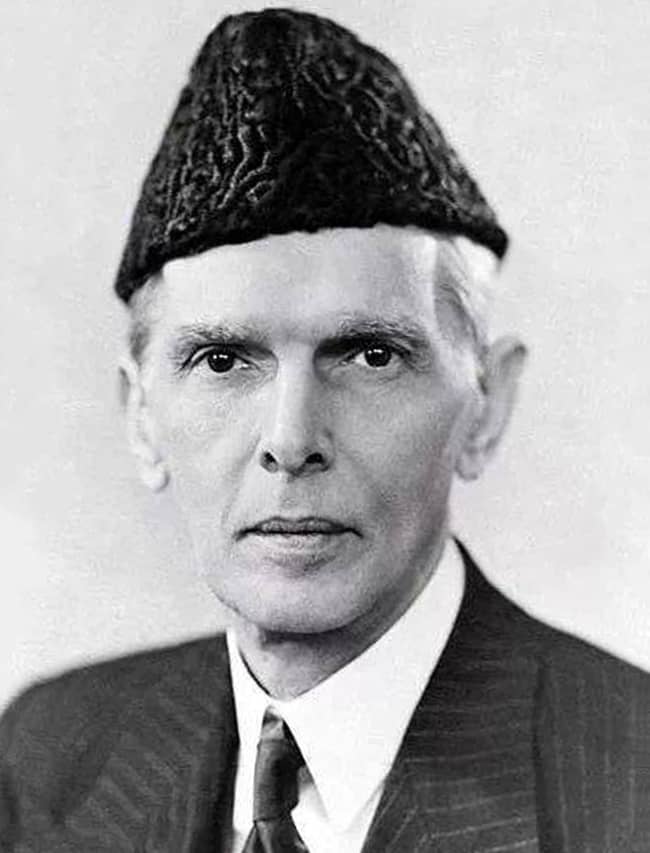
In respect of each personality, the authors have picked one specific theme that divided him from Nehru and set out in full the texts of their debate. Each debate is preceded by an introduction in which the authors provide the context of the discussion and a summary of the issues involved. Each of these issues resonates in present-day politics in the country. Thus, a reading of the earlier documents gives a valuable background to our ongoing debates, while providing a fascinating glimpse of the personalities in contention and the rhetoric they mobilised to support their positions.
Islamic solidarity
Nehru met Iqbal in Lahore in 1938, when the latter was quite incapacitated. Nehru approached him as a fellow-socialist, but Iqbal’s principal concern at that point was the solidarity of the Indian Muslim community – he feared its integrity was being threatened by the Ahmadi movement, whose followers he saw as “religious adventurers.” He viewed this movement as a product of modern liberalism and was in mortal dread that, under the influence of such “false prophets”, the Indian mind would “seek some other substitute for religion”, possibly even the “atheistic materialism” that was flourishing in Russia.
These concerns led Iqbal to uphold orthodoxy, rejecting all attempts at reform, even the obnoxious practice of child marriage. Here Nehru and Iqbal found themselves on opposite sides. Nehru admitted that he lived “in the outer darkness” in matters of faith, but retained an abiding interest in the historical, cultural and philosophical aspects of religion.

He noted with derision how opposition to legislative “restraint” on child marriage through the Sarda Act brought orthodox Hindus and Muslims together – he pointed out that communalists on both sides, despite their mutual hostility, “will embrace each other like long-lost brothers and swear fealty” against all those who seek radical reform.
In his response that covers thirty pages in the book, Iqbal contended that Nehru’s articles “reveal practically no acquaintance with Islam or its religious history during the nineteenth century”. His principal concern was that Nehru’s “nationalism” meant “a total suppression of the cultural entities of the country” and insisted that only through their interaction could India evolve “a rich and enduring culture”. On the other hand, the Nehruvian idea of nationalism “would mean nothing but mutual bitterness and even oppression”.
Iqbal also rejected the contention that only orthodoxy was being upheld by him. He pointed to the remarkable galaxy of scholars of the nineteenth century – Syed Ahmad Khan, Jamaluddin Afghani, Mohammed Abduh – who called for the modernisation of the faith, and later political leaders of the twentieth century, such as Zaghlul Pasha, Kamal Ataturk and Reza Khan, who, “relying on their healthy instincts, had the courage to rush into the sunlit space and do, even by force, what the new conditions of life demanded”. Iqbal concluded that Muslims in India would not accept the annihilation of their cultural entity; but they should be “trusted to know how to reconcile the claims of religion and patriotism”.
Though the word ‘secularism’ does not figure in the Nehru-Iqbal exchanges, it appears that, in 1938, they were reflecting on different ways in which the secular order could be accommodated in the political system. Nehru temperamentally would have preferred the French-style laicite system that seeks to erase all aspects of faith, including personal pendants, from the public space, while Iqbal was insisting on an order that would accommodate manifestations of beliefs of all faiths in the public domain, a possible multicultural order. This is what led him to discuss the idea of “toleration” in his article, even quoting Gibbon at length on the subject.
It is interesting to note that, nearly a century later, the contents and contours of a secular order are still matters of contention and debate in several countries across the world, including India.
The communal divide
After the engagement with Iqbal, which brought in matters relating to faith, culture, modernity and identity, Nehru’s exchanges with Jinnah are mundane, even sterile. This is because the letters included in the book are from 1938 – by this date, the two personalities were deeply divided in terms of their vision and agenda; and, while the formal demand for Pakistan was still two years away, the distance between the two was so deep that they could barely be civil to each other. Nehru was also perhaps experiencing a degree of hubris after the 1937 provincial elections had delivered a sound drubbing to the Muslim League’s pretensions to represent all Muslims in the country.
Nehru tests Jinnah’s patience by repeatedly asking him to explain what he wants; Jinnah testily asks him to read the numerous articles and papers that have appeared earlier on the subject. At some point, Jinnah sends Nehru a long wish-list titled, “The Communal Question”. When Nehru gives a point-by-point response, Jinnah says it makes “a most painful reading”. Nehru replies that he regrets that anything he wrote should have caused pain, but adds that “the margin of difference can be lessened by a frank approach on either side”.
Looking back to that period, it is obvious that the divide between Nehru and Jinnah was rooted in fundamental differences in their worldview and vision for free India. Nehru fervently believed that the principal issue before the people was freedom, and viewed this as linked with “a broader global issue around imperialism”.
As the authors point out, in Nehru’s understanding of history, “the forces of progress” were in contention with “the forces of reaction”. Flowing from this, Nehru saw the communal question as reflecting “conservative reaction to the progressive forces”. Hence, he viewed Jinnah’s prioritisation of matters relating to communal identity and interests as “petty-minded” and a diversion “from the real problems of the country”.
The real problems, he believed, were economic and emerged from “exploitative capitalism”. While he accepted that capitalism had created considerable wealth for the world, it was now necessary to correct “the uneven distribution of wealth”, which could only be done through socialism. How was better distribution of wealth to be achieved if the country was divided on communal basis through separate electorates? Nehru asserted publicly that the Hindu-Muslim problem “is not a genuine problem concerning the masses, but it was the creation of self-seekers, job-hunters, and timid people who believe in British rule in India till eternity”.
None of this resonated with Jinnah who even said sarcastically that Nehru’s concerns about the “impending catastrophe that hangs over the world” reflect “thinking in terms entirely divorced from realities which face us in India”.
In the event, both Jinnah and Nehru obtained what they believed in – a Pakistan that would be homeland for South Asian Muslims, and a Nehruvian “idea of India” that was secular, democratic and pursued an anti-imperialist political approach and a socialist economic policy. Both achievements are being vigorously questioned today. Pakistan never became a homeland for all Indian Muslims; most Muslims simply stayed at home. It lost its eastern wing fifty years ago, and over time became a sanctuary for rabid and violent extremists who have wreaked death and destruction in their country and across South Asia.
India is now witnessing the systematic destruction of its liberal-secular order by the forces that, in 1947, were marginal players, but today in fact reflect the vision and ideology of the founder of Pakistan – who is at once their bête noire and their mirror image.
The Constitution
The last two chapters in the book relate to the early days of independent India and discuss two issues – the constitution and foreign policy. Here, Nehru debates with two opponents: Syama Prasad Mookerjee, the head of the Hindu Mahasabha and Nehru’s ideological rival, and Sardar Vallabhbhai Patel, his colleague in the Congress and deputy prime minister and home minister in the cabinet.
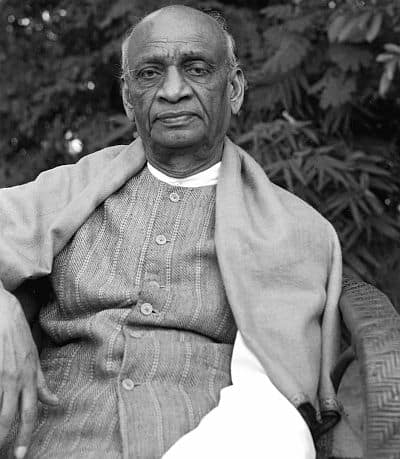
The debate with Mookerjee took place in parliament when, in May 1951, Nehru moved three amendments to the constitution that had been adopted just fifteen months earlier. He did this when the House had members who had been indirectly elected and were facing the first general elections in a few months’ time.
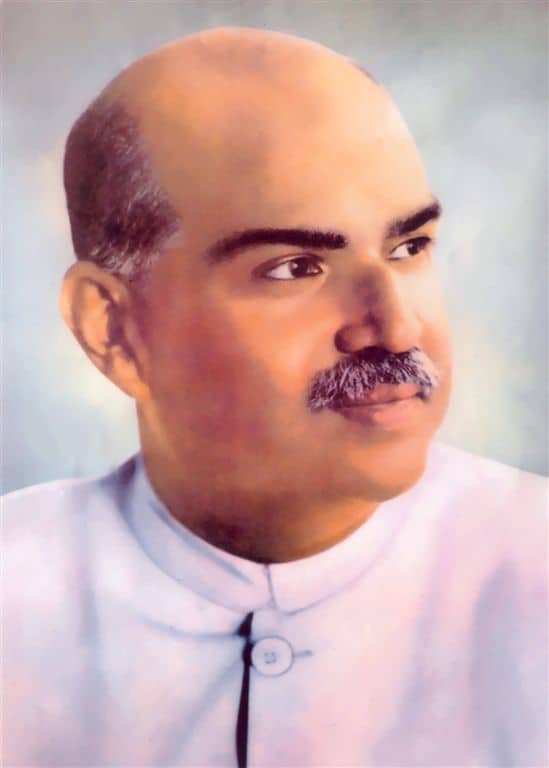
The amendments moved by the prime minister pertained to three articles in the ‘Fundamental Rights’ chapter of the Constitution– Articles 15, 19 and 31: these amendments, respectively, enabled the government to expand reservations to “backward classes”, imposed some fresh restrictions on the press, and freed the central and state governments from judicial scrutiny in regard to laws relating to land reform.
Mookerjee in his lengthy remarks referred to the proposed amendments as “momentous and grave”, with “serious consequences” for the rights and liberties of individuals and the nation. After questioning the timing and haste in pushing the changes, Mookerjee moved straightaway to Article 19 that placed some new restrictions on press freedom – one of which included constraints of criticisms of friendly countries. In keeping with his party’s position on Akhand Bharat, he was deeply concerned about the possible restrictions on the media reporting on his party’s pursuit of the undoing of partition and the reunion of India and Pakistan.
After this, Mookerjee focused on Article 31 that referred to land reform. He saw no reason for any amendment; all that was needed was for the government to finalise the norms on the basis of which “equitable compensation” would be paid for the land acquired by the state.
Mookerjee’s principal contribution in the debate was to castigate the government for “treating this Constitution as a scrap of paper”, i.e., by arbitrarily effecting changes through parliamentary action. He pointed out that the proposed amendments would set a bad precedent – a future government would ignore the sanctity of the constitution and push through changes through a “subservient Parliament”.
Despite the sound and fury at the time, the amendments are barely recalled today, and certainly did not have the cataclysmic impact on personal freedoms that Mookerjee feared at the time. However, for the authors of this book, they were a robust exercise in social engineering. More seriously, the mild restrictions on free speech were “an outcome of the Nehruvian state’s determination to suppress political alternatives; a vital part of India’s Nehruvian legacy”.
Given India’s free and raucous media over the last several years, and the frequent swing between political alternatives over nearly five decades, surely this assertion has little basis in reality. In fact, it raises concerns about the authors’ own objectivity amidst the present-day contentions in Indian politics, much of which is centred on Nehru. This is affirmed by the authors’ astonishing observation:
“Boundaries between liberal and authoritarian visions of India, between Nehru and Mookerjee, … are not only more blurred than commonly imagined – they often do not exist at all.” The authors would do well to contrast the ongoing assault on the media with the extraordinary freedom that it enjoyed over the previous seventy years.
The second and final part of this book review will appear on Monday (February 21)
Click here to read the second part.
Nehru: The Debates that Defined India
Tripurdaman Singh and Adeel Hussain
Fourth Estate/ HarperCollins India, 2021
Rs 599, Pages 275
Talmiz Ahmad is a former diplomat who holds the Ram Sathe Chair for International Studies, Symbiosis International University, Pune.



